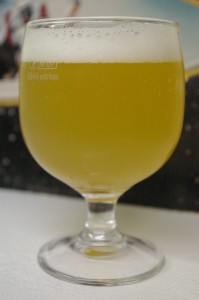jtakacs
Well-Known Member
i like the blend and dreg/oak experiment. i peeled off a little of my tripel and oaked it... its aging in bottles now and i haven't tried it yet. it was pitched with brett-c and the oak at the same time.
on topic, tonight i'm taking oranges (mom's house) and trying to get the yeast off those. going straight for a drinkable batch without stepping it up. if there's yeast there, i'll grab it for sure. just not sure how long to leave the oranges in there to give off any yeast they may have. thinking 48-72 hours...?
on topic, tonight i'm taking oranges (mom's house) and trying to get the yeast off those. going straight for a drinkable batch without stepping it up. if there's yeast there, i'll grab it for sure. just not sure how long to leave the oranges in there to give off any yeast they may have. thinking 48-72 hours...?




